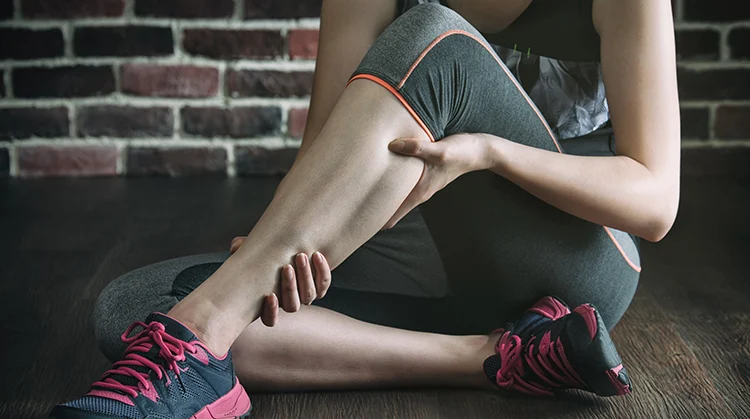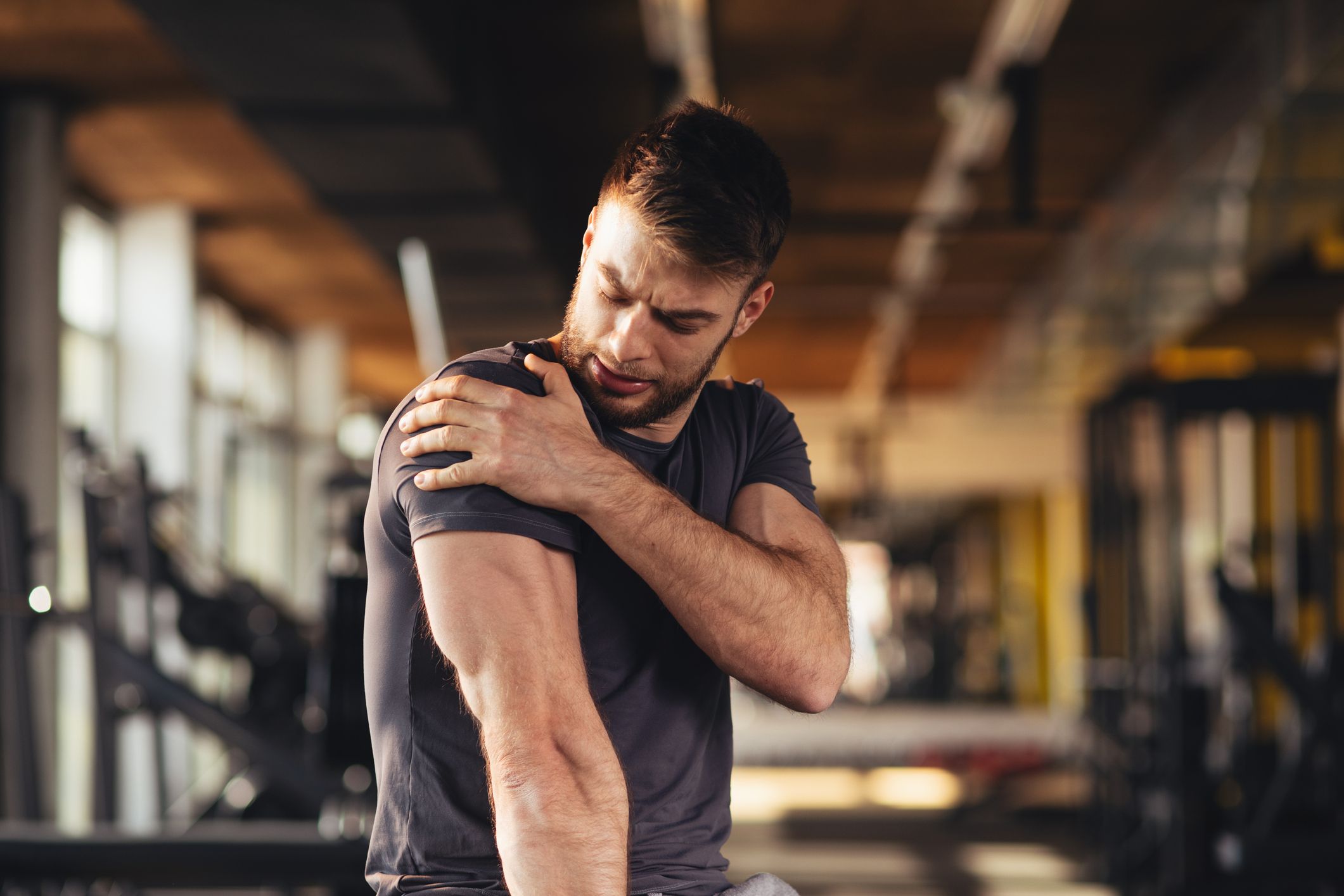Muscle soreness and aches are common after an intense workout or exercise session, especially if you just started an exercise routine or tried a new activity. While muscle pain can be uncomfortable, it’s usually a sign that your workout provided a muscle-building stimulus. Fortunately, there are things you can do to relieve post-workout muscle soreness and speed up recovery.

In this guide, we’ll go over some simple yet effective tips to help with muscle ache relief and reduce discomfort, so you can get back to your exercise routine with less pain. So, let’s get started.
Contents
What Causes Sore Muscles After a Workout?
After an intense workout session, it’s common to experience muscle soreness. Understanding the various causes of muscle soreness can help you take appropriate measures to alleviate the discomfort. Let’s take a closer look at what can cause sore muscles after a workout:
- Acute Muscle Soreness: This type of soreness is felt during or immediately after exercise. It is often described as a burning pain and is caused by a buildup of metabolites within the muscles during high-intensity exercise. The good news is that acute muscle soreness typically resolves quickly.
- Delayed Onset Muscle Soreness (DOMS): DOMS is the pain and stiffness that you feel one to three days after exercising. It stems from microscopic tears in your muscle fibers and the surrounding connective tissues during exercise. This type of muscle soreness often occurs when you use your muscles in a way they’re not accustomed to, such as with a new or more intense workout.
It’s worth noting that the belief that muscle soreness is solely caused by microtears in the muscles is now being reevaluated. Sports scientists suggest that an inflammatory response to muscle injury, with fluids accumulating around and inside the muscles, contributes to the soreness experienced. Understanding this inflammatory response allows us to take targeted action to relieve discomfort.
Keep in mind that prolonged muscle pain after a workout may be a sign of muscle injury. If you experience persistent or severe pain, it’s advisable to consult a healthcare professional for further evaluation.
How To Stop Muscle Ache After Exercise?
To prevent or reduce muscle ache after exercise, here are some effective strategies you can follow:
1. Gradually Increase Workout Intensity:
When starting a new exercise routine or trying a more intense workout, it’s important to gradually increase the intensity over time. Sudden, vigorous workouts can increase the risk of muscle soreness. By easing into new activities, you allow your muscles to adapt and minimize the chances of post-workout ache.
2. Incorporate Proper Warm-Ups and Cool-Downs:
Before diving into your workout, take the time to warm up your muscles with dynamic stretching exercises and easy aerobic activities. This helps increase blood flow to the targeted muscles and prepares them for the upcoming workout. Similarly, after your workout, make sure to cool down properly by gradually reducing the intensity of your exercise. This prevents fluid from pooling in the muscles and joints, allowing for a smoother recovery.

3. Try Massage and Stretching:
Massaging your sore muscles can help release tightness and increase blood flow to the area, promoting faster recovery. Use gentle strokes or consider using self-massage tools like foam rollers or massage balls. Additionally, incorporating a gentle stretching routine can help break the cycle of muscle stiffness and aid in faster recovery.
4. Consider Topical Solutions:
Topical ointments such as BenGay, Traumeel, or Tiger Balm can provide temporary relief from muscle soreness. These products work by delivering a sensation of warmth or cooling to the affected area, potentially reducing discomfort.
These strategies can help in minimizing muscle aches after exercise, but it’s important to listen to your body. If you experience persistent or severe pain, it’s advisable to consult a healthcare professional.
Frequently Asked Questions
Does heat help sore muscles?
Heat can help sore muscles by increasing blood flow to eliminate the buildup of chemicals that cause muscle ache.
Why do I ache so much after exercise?
Muscle soreness after exercise, known as delayed onset muscle soreness (DOMS), is normal and can occur due to trying a new activity or pushing yourself harder than usual.
Is it OK to exercise with sore muscles?
It is generally okay to exercise with sore muscles as long as it does not affect your movement in a way that compromises safety.
Can barely walk after exercise?
If you experience severe pain that impairs your ability to walk or perform daily activities, it is advised to rest and give your body more time to recover.
How long does it take your body to get used to exercise?
When starting an exercise program, the body goes through an initial alarm phase of one to three weeks before entering an adaptation phase of four to 16 weeks, where it becomes more efficient at tolerating the exercise stimulus.

Hello, I’m Ravindra. Over the years, I’ve immersed myself deeply into the world of fitness and health, transforming both my body and mind. Writing has allowed me to share my journey, insights, and expertise with those just starting out and seasoned fitness enthusiasts alike. Beyond just routines and diets, I believe in inspiring others to adopt a holistic approach to well-being.
